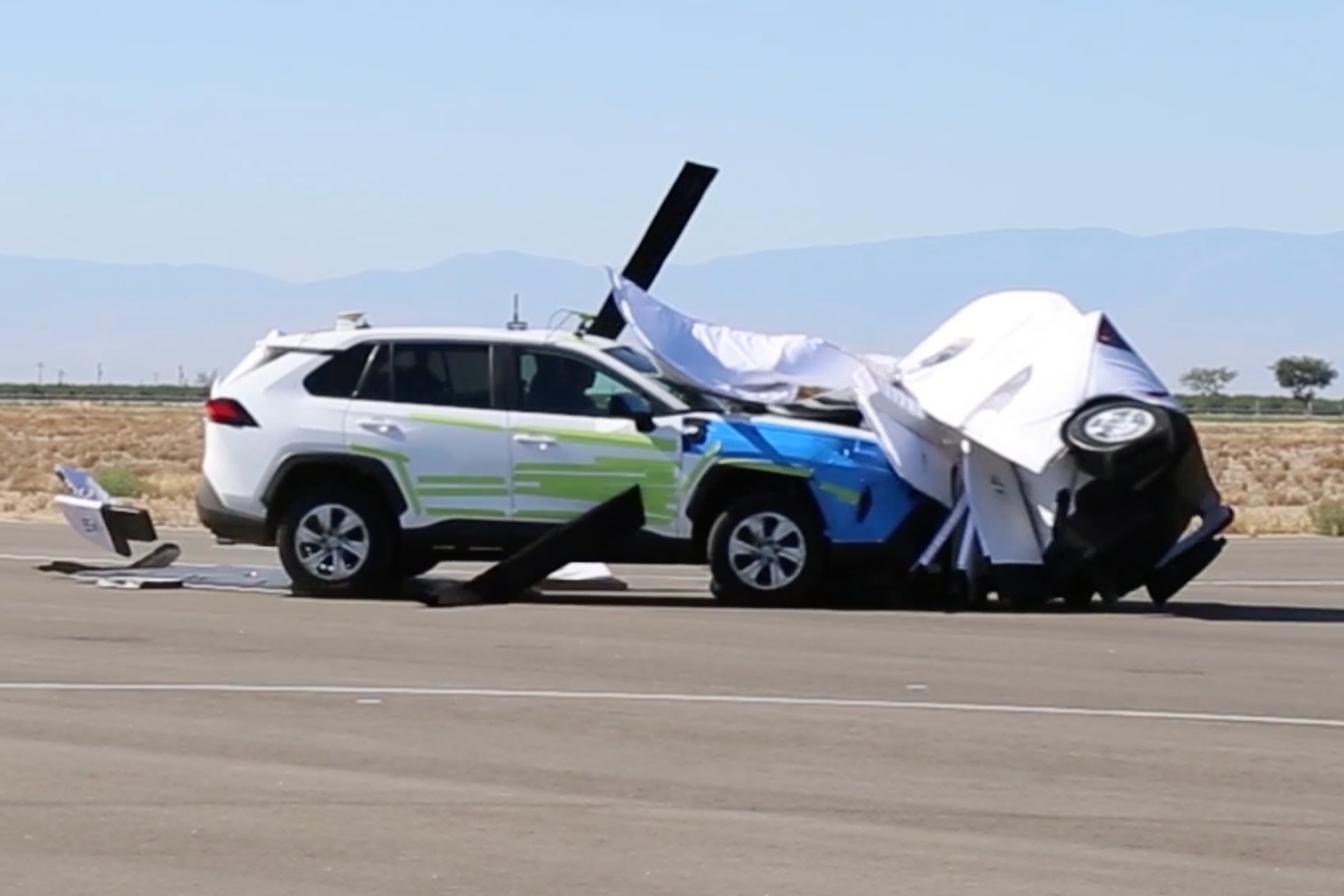The National Highway Traffic Safety Administration (NHTSA) has just denied a petition to delay the introduction of mandatory automatic emergency braking in vehicles. The feds have said that the new rule, which would make the safety technology safety mandatory beginning in September 2029, will go into effect. An automaker trade association had disputed the new regulation, saying that it was “impractical” to meet several of the new requirements.
Related
Volvo’s Secret Safety Division Are Better Accident Sleuths Than The Feds
There’s a reason Volvo is the safest car company in the world, and we found out why.
Automatic Emergency Braking (AEB) has been coming for a long time. In 2016, automakers committed voluntarily to putting the system, which uses sensors to detect potential crashes and activate the brakes before they can happen, in every new vehicle. First by 2022, then by 2025. In June 2023, the NHTSA decided that it wasn’t happening quickly enough voluntarily, so it proposed a regulation mandating the feature.
New Rules Demand AEB In All New Cars For 2029
In its final iteration, that NHTSA safety standard addition – FMVSS No. 172 – would mandate the feature on all new vehicles starting in 2029. It requires that all cars “be able to stop and avoid contact with a vehicle in front of them up to 62 mph and that the systems must detect pedestrians in both daylight and darkness.” It also requires vehicles apply the brakes at up to 90 mph when a collision with a lead vehicle is imminent and up to 45 mph when a pedestrian collision is detected.

Related
New Crash Tests Show Automatic Emergency Braking Systems Are Pretty Useless
The feature only works well in one specific scenario.

Add CarBuzz to your Google News feed.
The NHTSA says that the new standard will save at least 360 lives every year. In addition, it says the rule will prevent at least 24,000 injuries annually. While it wasn’t included in the published analysis, this would likely save drivers from hundreds of millions in vehicle damages per year as well.
Automakers Have Valid Counterpoints
The Alliance for Automotive Innovation, a trade group for the auto sector with members including suppliers and all major automakers, is against the new rule. In a statement, the group’s CEO, John Bozzella, spoke out against the decision to deny the petition. “Really a disastrous decision by the nation’s top traffic safety regulator that will endlessly – and unnecessarily – frustrate drivers; will make vehicles more expensive; and at the end of the day… won’t really improve driver or pedestrian safety,” he said.

Related
IIHS Urges Automakers To Fit Autonomous Emergency Braking Safety Features To Pickup Trucks
According to a new study, the technology reduces the risk of a rear-end accident by 43%.
The group’s own report on AEB says that experts expect the voluntary commitment to prevent 42,000 crashes and 20,000 injuries between 2016 and 2025. The IIHS says that nearly all automakers were in excess of 95 percent compliant with the voluntary target as of 2023.
The Alliance says that it supports the standard used in Europe. The group’s issues with the new US rule include claims that it is “impractical” to meet the performance requirements, including all-conditions stopping and malfunction illuminations, and concerns that meeting mandated requirements would result in frequent and unnecessary braking events. With the high number of fatal crashes in America every year, some kind of compromise must be found.
News Summary:
- The Feds Hit The Gas On Automatic Emergency Braking
- Check all news and articles from the latest Tech updates.
- Please Subscribe us at Google News.


